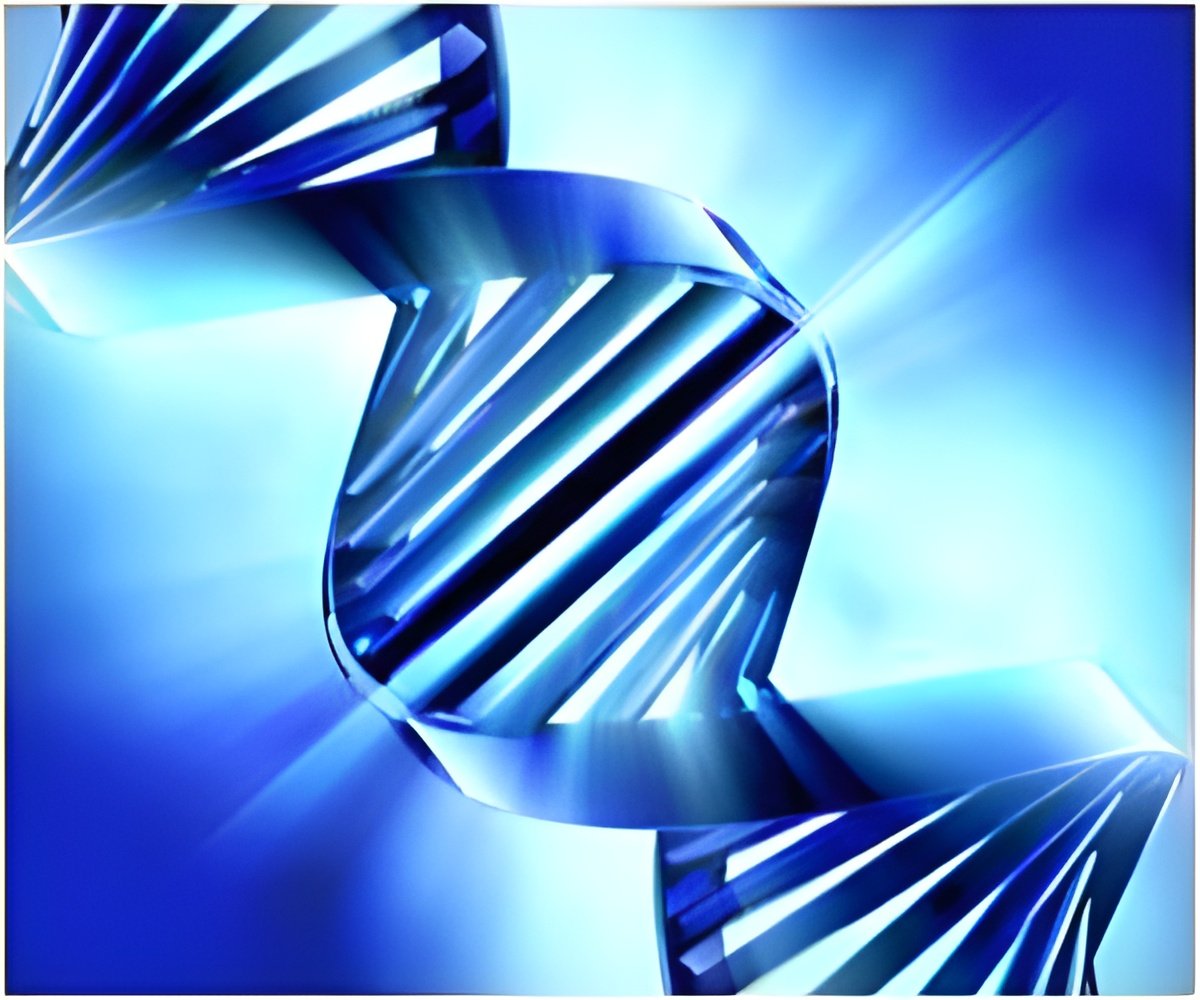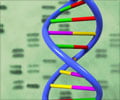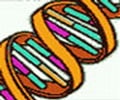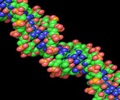Scientists have discovered how a key step in human DNA replication is performed for the first time.

This crucial step in DNA replication had remained somewhat mysterious and had not been well studied in human DNA replication.
Mark Hedglin, a post-doctoral researcher in Penn State University's Department of Chemistry and a member of Benkovic's team, explained that the sliding clamp is a ring-shaped protein that acts to encircle the DNA strand, latching around it like a watch band.
The sliding clamp then serves to anchor special enzymes called polymerases to the DNA, ensuring efficient copying of the genetic material. "Without a sliding clamp, polymerases can copy very few bases-the molecular 'letters' that make up the code of DNA-at a time.
But the clamp helps the polymerase to stay in place, allowing it to copy thousands of bases before being removed from the strand of DNA," Hedglin said.
Hedglin explained that, due to the closed circular structure of sliding clamps, another necessary step in DNA replication is the presence of a "clamp loader," which acts to latch and unlatch the sliding clamps at key stages during the process.
"We know that polymerases and clamp loaders can't bind the sliding clamp at the same time, so the hypothesis was that clamp loaders latched sliding clamps onto DNA, then left for some time during DNA replication, returning only to unlatch the clamps after the polymerase left so they could be recycled for further use," he added.
Source-ANI
 MEDINDIA
MEDINDIA




 Email
Email







